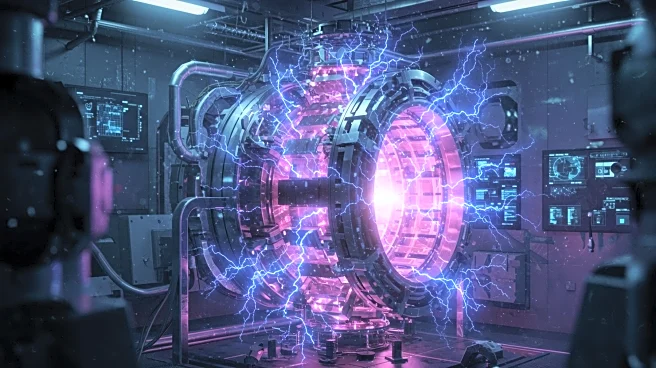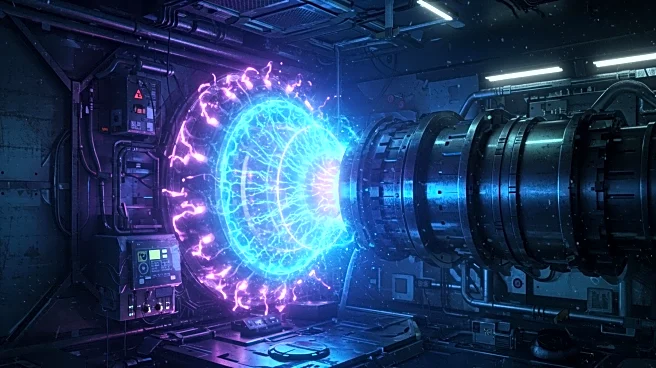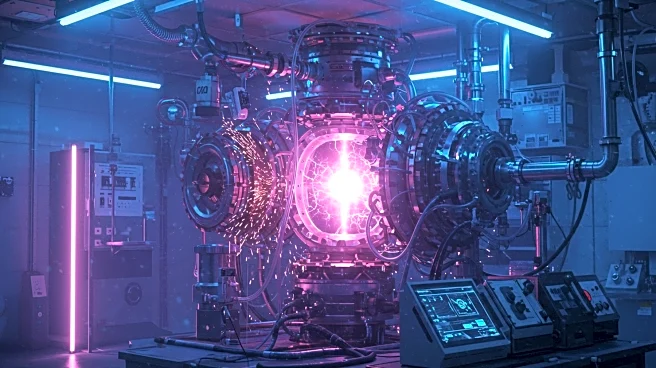What is the story about?
What's Happening?
Researchers at the CUNY Advanced Science Research Center have confirmed the existence of time reflections, a phenomenon where waves reverse their progression through time, altering their frequency and direction. This breakthrough, which has intrigued physicists for decades, was achieved by altering a material's properties with extreme precision and speed. The researchers used a metal strip with electronic switches linked to capacitors to create the ideal conditions for time reflection. This marks the first experimental validation of a theory that has remained abstract for over fifty years, showcasing the power of scientific perseverance.
Why It's Important?
The confirmation of time reflections has significant implications for various technological fields. By manipulating electromagnetic waves through this phenomenon, researchers foresee transformative applications in wireless communications, radar systems, and advanced imaging technologies. Time-reversed signals could enhance the security and speed of communications, while radar systems could achieve unprecedented precision. Additionally, the development of metamaterials that control waves in new ways could lead to innovations like invisibility cloaks or highly sensitive sensors. This discovery also impacts fields like thermodynamics and quantum mechanics, potentially pushing the boundaries of our understanding of the universe.
What's Next?
As researchers continue to explore the implications of time reflections, they are paving the way for a technological revolution. The potential for metamaterials to revolutionize sectors such as healthcare and telecommunications underscores the significance of this discovery. Future research will likely focus on further understanding and harnessing this phenomenon to develop practical applications that could redefine industries. The mastery of time reflections could reshape our interaction with the world, leading to advancements in communication, defense, and exploration technologies.
AI Generated Content
Do you find this article useful?











